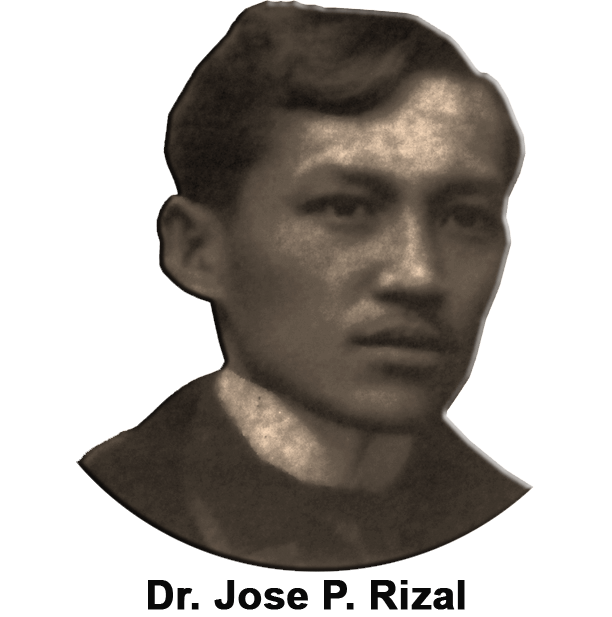The Provincial Government of Rizal shall not be responsible for any errors or omissions contained in this site. It reserves the right to make changes without notice. Accordingly, all information is provided "as is”. It provides no warranty, either express or implied, as to the accuracy, reliability, or completeness of furnished data. If you find any errors or omissions, we encourage you to report them to the webmaster.
The Provincial Government of Rizal makes no warranty, either express or implied, nor assume any liability or responsibility for the accuracy, completeness or usefulness of any information provided, nor that its use would not infringe copyrighted or privately owned rights. The Provincial Government of Rizal is not liable for the contents of any site linked to ours.



